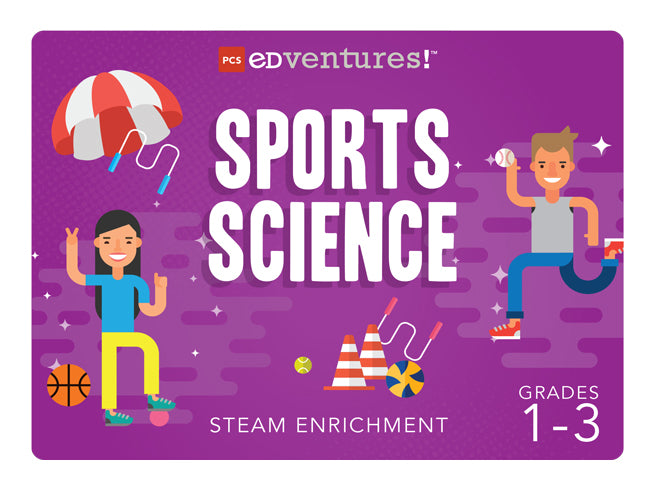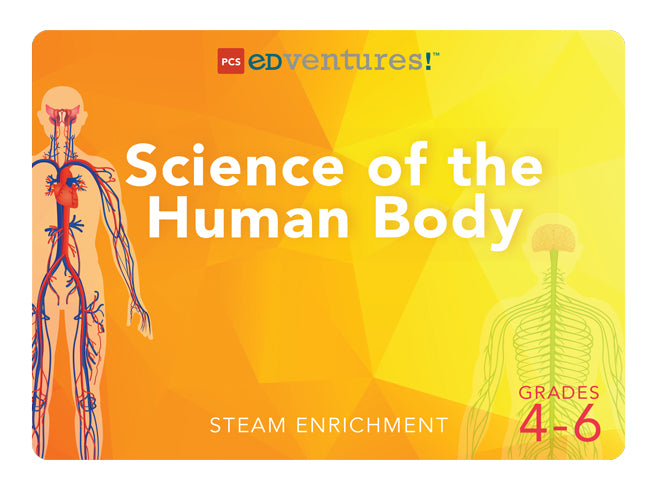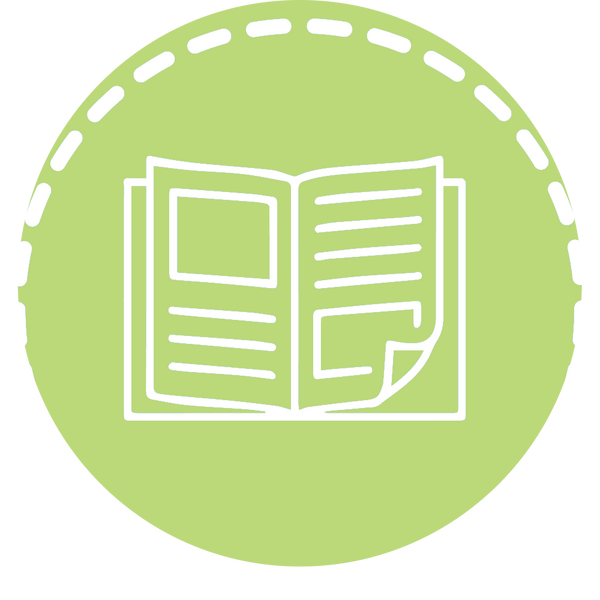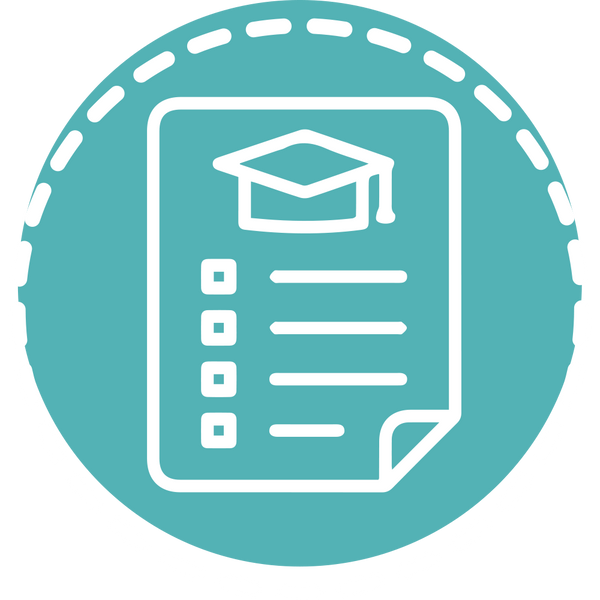
Physical Fitness, the Brain and Active Learning in the Classroom
It’s the start of August. Learners race outside for a few more days before the new school year begins. Meanwhile, you are pulling together resources that keep the fun and movement of summer going year-round.
Why do this? We all know that a more active lifestyle is good for you (it’s healthy to be healthy), but did you know that physical activity in an educational environment dramatically increases student learning and retention?
As summer wraps up, educators are wondering how they can keep learners active throughout the school year while still meeting curriculum standards. PCS Edventures offers exciting STEM programs that put both our bodies and brains to work! Blending movement and academia is simple with Sports Science, Science of the Human Body, and Flying Disc, to name a few of our favorites.
But before we race into what makes these three active learning programs so accessible, let’s warm up by exploring why physical fitness is crucial to learners’ academic success.

Physically active learners:
- Are 20% more likely to earn a top grade in Math and English
- Have standardized test scores increase by 6% over three years
- See a 21% decrease in a teacher’s need to use time managing behavior
After 20 minutes of physical activity, learners tested better in reading, spelling and math, and were more likely to read above their grade level.
After being in a physically active after school program for nine months, learner memory tasks improved by 16%.
How Does Physical Activity Affect the Brain?
For years, health professionals around the globe have researched and documented physical activity’s effect on developing and maintaining a healthy brain. Many neuroscientists agree that physical activity and a healthy diet is the best way to maintain brain health throughout a lifetime. According to Christopher Bergland of Psychology Today, physical activity, among other things, improves brain health by:
- Increasing blood flow, which improves cerebrovascular health
- Releasing neurotrophic factors like BDNF stimulates the growth of new neurons
- Activating the benefits of glucose and lipid metabolism, which bring nourishment to the brain

But that’s not all. In studies conducted at the Beckman Institute at the University of Illinois at Urbana-Champaign, researchers found that physical activity is also associated with improved white matter integrity, stating that physical activity improved the white matter integrity of physically fit children aged 9 to 10. As the study says:
Aerobic fitness is positively related to the microstructure of white matter fiber tracts in the brain during childhood. Higher fit 9- and 10-year-old children (>70th percentile VO2max) showed greater FA in sections of the corpus callosum, corona radiata, and superior longitudinal fasciculus, compared to lower fit children (<30th percentile VO2max). (Chaddock-Heyman, et al.)
For all the non-neuroscientists out there, this means an active lifestyle increases the integrity of white matter in the brain.
But what is white matter?
You could refer to it as the subway of the brain – connecting different regions of grey matter in the cerebrum to one another. Imagine living in a city and having to walk from one area to another 5 miles away; transport makes this much more fluent and helps make your tasks easier. This is pretty much the same for your brain!
White matter is fast. This is thanks to the electrically insulating myelin sheaths (formed by glial cells) encasing each neuron’s process transmitting signals to other neurons. Nervous transmissions are quick, meaning regions of grey matter can connect and keep in contact with one another. ... Similar to a subway, the white matter mostly remains deeper underneath the surface with its many links and passages. (Balm.)
By increasing physical activity in learners, you’re strengthening the integrity of their brain’s white matter, which increases communication and speed, directly improving learning, retention and cognitive function.
Combining Fitness and Learning:
With the research eyeing every classroom up and down, the question becomes how? How are learning environments going to increase learner fitness?
The simple answer is to increase P.E. and recess time, but with standards to meet, policies to adhere to, and daily schedules finalized down to the second, there’s no easy way for schools to make a fitness change — it would take years of planning.

Without being able to maximize time spent in the gym or on the playground, does this mean classrooms should start doing sit-ups or going on class jogs? No. With time already limited to learn the required material, it’s a hard sell to pull any teacher away from their allotted teaching time frame.
So, how do we increase physical activity in a learning environment without taking time away from the learning itself? By combining fitness and learning.
That’s exactly what we’ve done here at PCS Edventures with some of our Enrichment Programs. With lessons and materials that get learners up and active, these programs allow educators to cash in on their time with learners, maximizing learning through a new take on physical education. Now, we aren’t talking Geography Dodgeball or Literature and Calisthenics, but rather, we’re focusing on a curriculum that naturally gets learners up and moving.
Active Learning:
Stimulating, authentic, and out-of-the-box activities proven to engage learners of all levels, the PCS Edventures Enrichment Programs are a great way to introduce new concepts and curricula to learners. Check out these three featured programs perfect for introducing interactive learning into any learning environment by getting learners on their feet and outdoors.
Sports Science, Grades 1-3:
From basketball to ballet or even skydiving, there’s a sport for everyone. The Sports Science Enrichment Program takes an in-depth look at the STEM processes behind the skills athletes train hard to master — balance, running, jumping, throwing, and catching, to name a few.
In one lesson, learners use a simple jump rope to explore force and motion while practicing measurement and geometry skills. A quick warm-up has them jumping like popcorn. Educators can use the easy-to-follow discussion prompts to illustrate how high temperatures can force popcorn kernels out of their shells. Afterward, they’ll engage in quick whole-body popping challenges that require focus and collaboration. So much learning can happen in a simple warm-up!
Next, learners explore angles and degrees while practicing classic jump roping techniques. They then work in small groups to create various geometric shapes. Discussion questions that encourage learners to divide their shapes into fractional parts or practice counting strategies, for example, are highlighted in blue. This is done throughout our programs for straightforward mid-lesson skimming, giving educators the freedom to interact with their learners while guiding them to make discoveries through active play.
For even more information about Sports Science, be sure to read Boosting Student STEM interest Through Sports Science. Or, click the button below to download the latest curriculum samples for more activities that combine sports and STEM!
Science of the Human Body, Grades 4-6:
Learning all about the human body wouldn’t be complete without opportunities to get our bodies moving! Our Science of the Human Body Enrichment Program combines STEM and physical activity through purposeful lessons.
Move those desks and chairs out of the way or head outside for the activities featured in our Day 6: Guts! lesson. After examining how a 30-foot-long digestive tract could possibly fit inside a human, explore just how hard the system works to take nutrients from our food to our bodies. Next, try out different activities that burn calories. For one minute each, learning might simulate biking by laying on their backs and pedaling their feet in the air, for example. After participating in each high and low energy activity, they’ll discover how many calories their bodies were able to burn and calculate how many calories would need to be replaced if they did that activity for 30 and 60 minutes.
This is one of the many ways Science of the Human Body ties active learning with valuable teaching points. Download a curriculum sample to see for yourself!
Flying Disc, Grades 6-8:
Physical activity and cooperative gameplay lift the Flying Disc Enrichment Program to a new level. Not only does this program encourage improved motor skills, hand-eye coordination and muscle control, but it’s an interactive way to teach forces and motion, engineering design, energy and so much more.
Your learners can get outside and start learning today with the ultimate frisbee freebie — Sweat It Out With 5 Frisbee-Based STEM Games. Get tips for throwing a flying disc like the pros while engaging in a variety of activities that blend fitness with physics. These games are perfect for all skill levels. Grab your copy below.
Conclusion:
Are your learners working their bodies and their brains? With the new school year almost upon us, there’s no better time to look towards keeping summer activity and movement going. For more ideas on how to get your learners up and active, check out each of our feature Enrichment Programs. See how easy it is to boost physical fitness through active learning.
How are you going to combine fitness and learning in your educational environment?
Let us know in the comments section below.
Originally written by Thayne Casper 5/2/2018, updated by Jessica Ventre on 7/21/2022.











